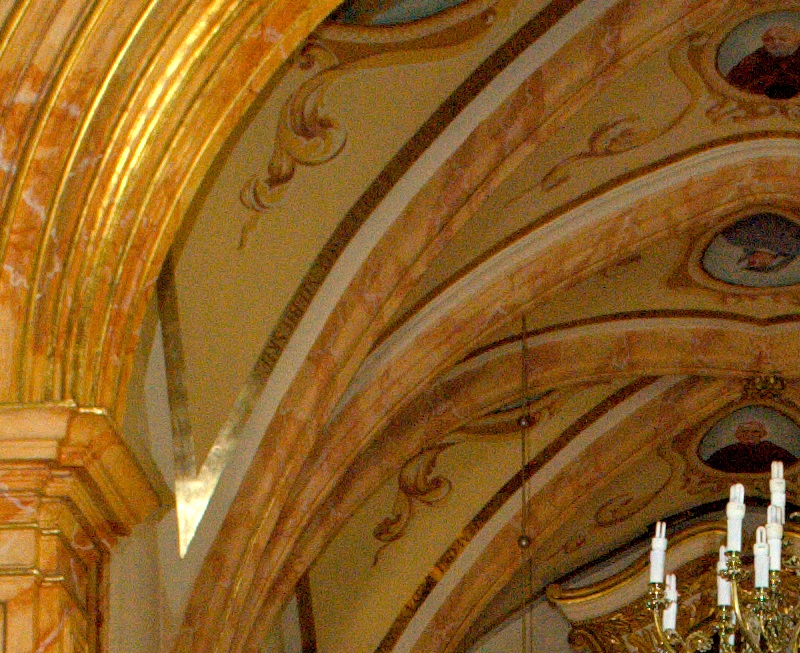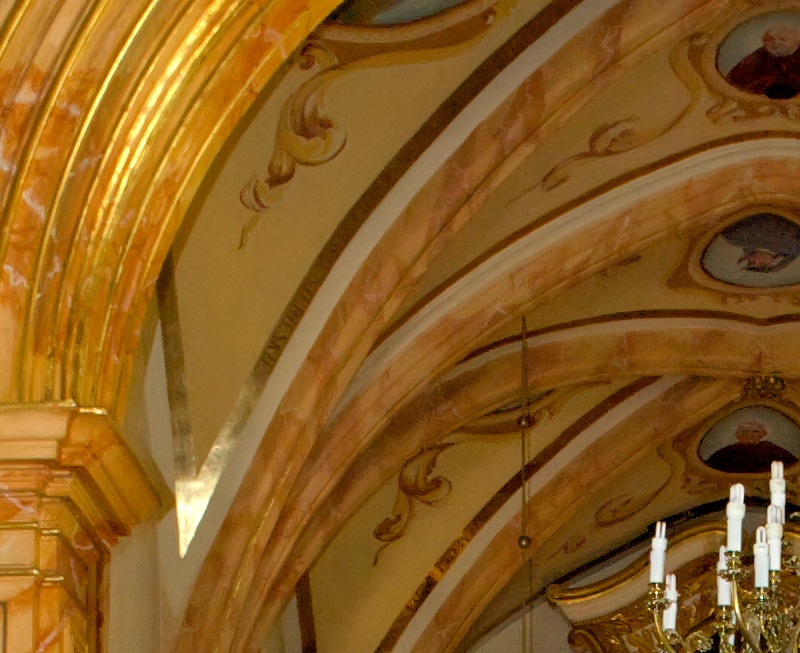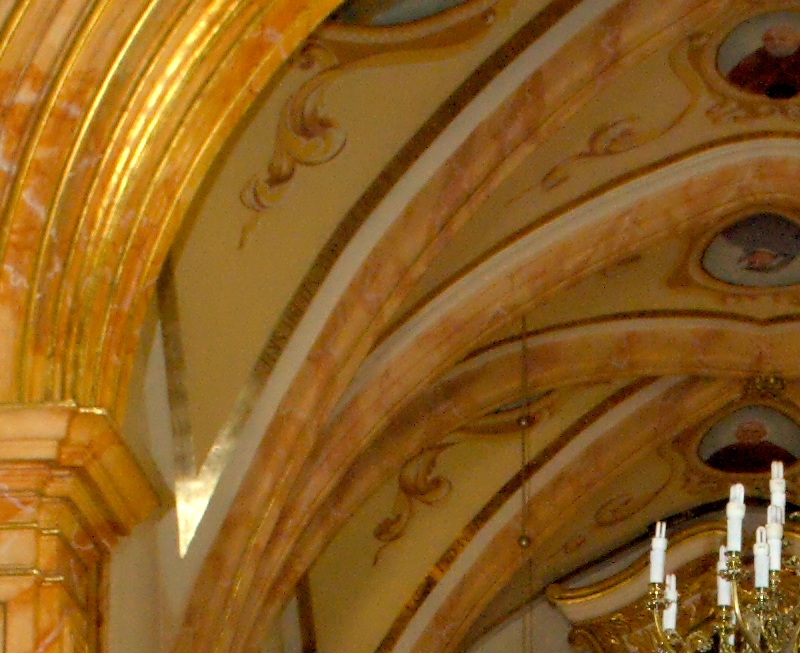Asher Kelman
OPF Owner/Editor-in-Chief
I wonder how many little secrets different photographers have found in best dealing with noise?
Who just uses ACR or the controls in Photoshop or perhaps Noise Ninja? Where does DXO fit into your habits? I ask because I am using my G10 or 5DII in low light and would love to know what you guys find to be the most powerful and least destructive tools for your own low light work.
Thanks for sharing!
Asher
Who just uses ACR or the controls in Photoshop or perhaps Noise Ninja? Where does DXO fit into your habits? I ask because I am using my G10 or 5DII in low light and would love to know what you guys find to be the most powerful and least destructive tools for your own low light work.
Thanks for sharing!
Asher






